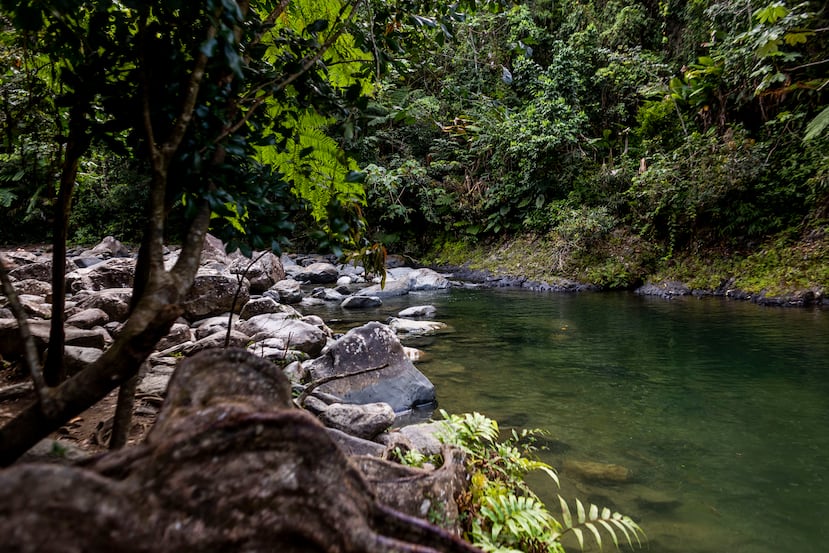
We are part of The Trust Project
Luquillo’s ecotourism gem
The “Capital del Sol” (“Capital of the Sun)” combines ideal settings for enjoying unique natural experiences
Archival note
This content was published more than 1 year ago.
April 17, 2024 - 11:00 PM

Lee la historia en español aquí.
Las noticias explicadas de forma sencilla y directa para entender lo más importante del día.

Te invitamos a descargar cualquiera de estos navegadores para ver nuestras noticias:
